Countless rice fields, broken up only by tiny villages and groves of pine or bamboo—that was the first taste of countryside I glimpsed from the train north of Tokyo. Little graveyards popped up between the fields every now and then, the stone a contrast to the water and greenery all around.
Everywhere in Japan, nature is balanced with settlement to highlight nature rather than force it back. On that Sunday, April 27, I was excited for what would be my first trip to the Japanese countryside, my first experience of places that weren’t Tokyo, Osaka, or Kyoto1.
Monkeys in the Mountains
Nikkō (日光) has been a place of mountain worship ever since Buddhist monk Shōdō Shōnin (勝道上人) founded Rinnōji (輪王寺) Temple in 766. He was also the first to climb Mt. Nantai (男体山) and succeeded in reaching the 2,486m summit on the third try. In gratitude, he founded Chūzenji (中禅寺) Temple by Lake Chūzenji at the foot of said mountain in 784.
After arriving at Nikkō Station, I spent about fifteen minutes in town before boarding the bus into the mountains. An hour later, I got off in the middle of the woods by Lake Chūzenji and found my hotel further up the hill. It was nestled at the foot of the same Mt. Nantai that Shōdō had climbed over 1,200 years ago. I was desperate to do the same but had found out before my trip that trails would only open on May 5.
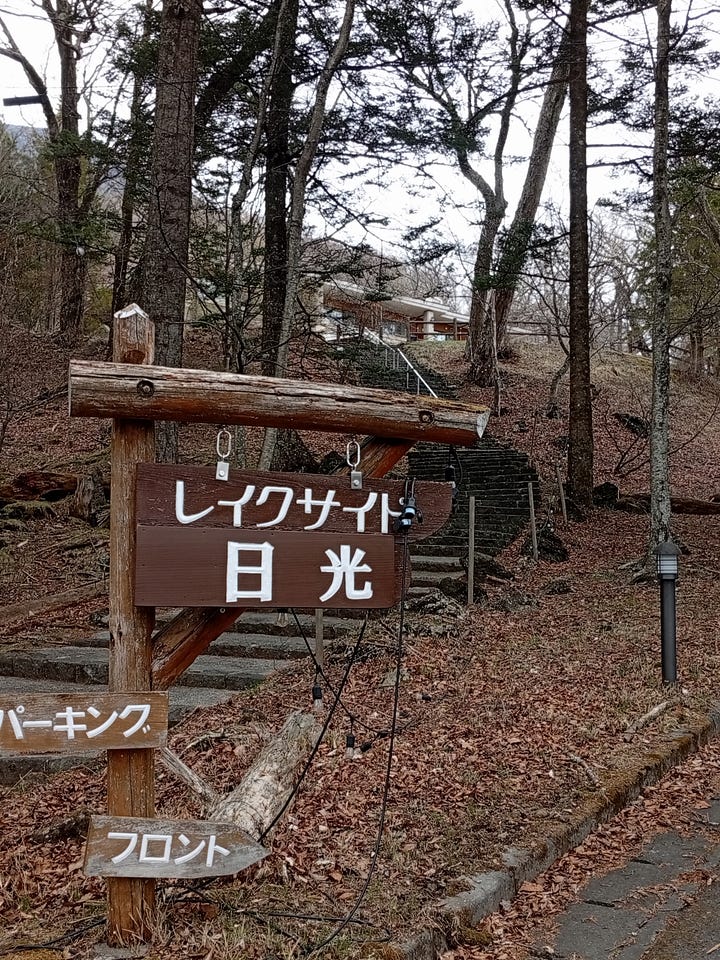
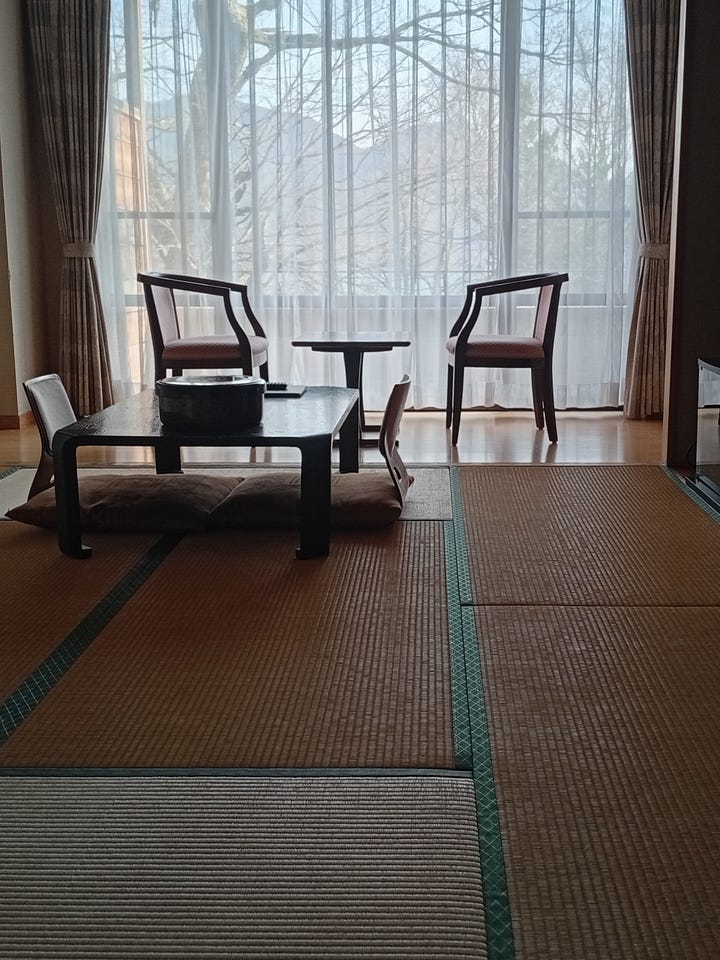
I checked in and caught the bus back to Chūgūshi (中宮祠), a town at the eastern tip of Lake Chūzenji. With no convenience stores or chain restaurants in sight, I had dinner at one the few restaurants that were open on Sunday night: delicious mushroom udon and alcohol-free kirin beer. The servers were surprised by my Japanese, perhaps the clearest sign that I wasn’t in Tokyo anymore.
On the way back to the hotel, a group of Japanese macaques casually crossed the street in front of me. Had they come for the famous hot springs too?
With nothing else to do—most restaurants in Chūgūshi close at 8pm, there are no bars that I could see, and the amount of dilapidated, rusted, and empty buildings give off a ghost town vibe especially after dark—I went back to soak in the hotel hot spring. I was alone, save for one girl who came in as I was leaving.
Summering with Diplomats
The next morning, I stumbled upon the first clue that Nikkō had once been a popular summer resort for diplomats and other wealthy foreigners.
One of the first foreigners to develop an interest in Nikkō was English diplomat Sir Ernest Mason Satow. After his arrival in Japan in 1862, he served as interpreter for a residential legation and later for envoy Harry Parkes. Satow wrote of his experiences in Japan, including the turbulent years around the 1868 Meiji Restoration, in his fascinating memoir A Diplomat in Japan.
Parkes would be the first foreigner to visit Nikkō in 1870. Upon his own visit two years later, Satow became interested in the area and even wrote A Guide Book to Nikko, making Nikkō more widely known around the world. In 1896, he built his own villa on the southern shore of Lake Chūzenji and visited many times, collecting plants and climbing the surrounding mountains. His villa later became an auxiliary office of the British Embassy and remained in use until 2008.
Inspired by Satow, many foreigners built their own villas on the lake shore. Nishi-Rokuban Villa was one of them.
Nishi-Rokuban Villa (西六番別荘) was built by Scottish merchant Thomas Blake Glover2 (1838-1911) on the shore of Lake Chūzenji in 1893. After working for trading company Jardine Matheson in Shanghai, he came to Japan to buy and sell green tea. Soon he founded his own trading company in Nagasaki and the house he had constructed for himself there, now known as Glover Garden, is the oldest Western-style building in Japan.
The scenery of Lake Chūzenji reminded Glover of Scotland and so he invested in growing trout in the nearby Yugawa River and built a villa by the lake so he could spend his summers fishing.
This must have been one of the first of forty villas built in the area between the Meiji and Shōwa periods to be owned by diplomats and other wealthy foreigners. These villas were numbered according to their distance from the mouth of the lake that flows into Kegon Falls. South or West was added depending on which side of the falls the villa was located on, hence Nishi-Rokuban: the sixth (六番 rokuban) villa from the falls to the west (西 nishi). It seems the names of the western villas changed over time as new ones were built or abolished.
After Glover’s death, the villa was purchased by English-Japanese businessman Hans Hunter (1884-1947) in 1927 and turned into a clubhouse for the Tokyo Angling and Country Club. By that time, Nikko had reached the height of its popularity as international summer resort. It’s easy to imagine that Nishi-Rokuban Villa was a popular spot for politicians, businessmen, and diplomats to gather and socialise.
Unfortunately, the villa burned down in 1940 but the concrete mantelpiece, floor tiles, and ice room can still be viewed today along with the garden.
From Samurai House to Hotel
I spent most of that day hiking Senjōgahara Marsh (戦場ヶ原) and Ryūzu Falls (竜頭ノ滝), taking in the mountain scenery that had enchanted Shōdō and Satow, which is now part of Nikkō National Park.
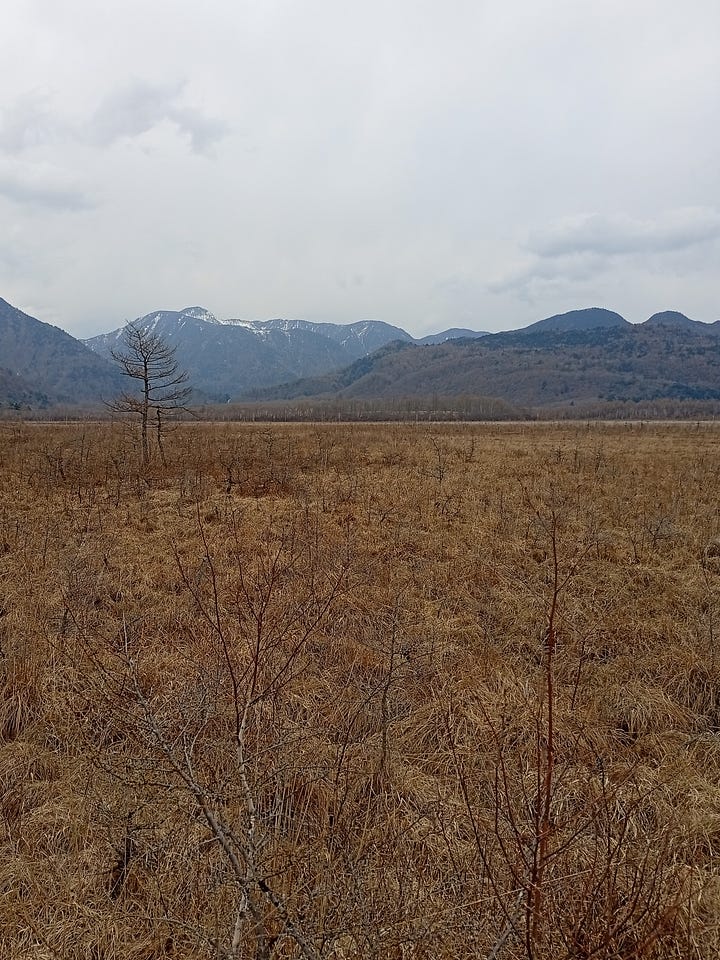

The next morning, I took the bus out of the mountains to spend the last day of my trip in Nikkō proper. I walked the route of world heritage temples and shrines: Rinnōji, Tōshōgū, and Futarasan Shrine. My personal highlight, however, and another connection to the history of foreigners in Nikkō was Kanaya Hotel History House.
In 1870, American medical missionary Dr. James C. Hepburn visited Nikkō and was invited by Kanaya Zen’ichirō (金谷善一郎)3 to stay at his house. Hepburn encouraged his host to open a guest house. Following this advice, Kanaya opened the so-called Kanaya Cottage Inn in 1873 which played an important role in accommodating the influx of foreign visitors after the Meiji Restoration.
The house, originally built in the 1600s, is characteristic of upper-class samurai residences in the Kamakura period (1185-1333) as well as the Shoin-zukuri (書院造, literally study room architecture4) style developed in the Muromachi period (1336-1573), making it a fascinating example of traditional Japanese construction.
Among the notables staying at the “samurai house”, as its guests called it, was English explorer Isabella Bird. During her travels from Edo to Hokkaidō in 1878, she stayed at Kanaya Cottage Inn for 12 days and was enchanted, describing it in her book Unbeaten Tracks in Japan.
I don’t know what to write about my house. It is a Japanese idyll; there is nothing within or without which does not please the eye, and, after the din of yadoyas, its silence, musical with the dash of waters and the twitter of birds, is truly refreshing. It is a simple but irregular two-storied pavilion, standing on a stone-faced terrace approached by a flight of stone steps. The garden is well laid out, and, as peonies, irises, and azaleas are now in blossom, it is very bright. The mountain, with its lower part covered with red azaleas, rises just behind, and a stream which tumbles down it supplies the house with water, both cold and pure, and another, after forming a miniature cascade, passes under the house and through a fish-pond with rocky islets into the river below.
After Satow, Bird was the second foreigner to praise Nikkō in writing, which doubtlessly fuelled its popularity all over the world.
Zen’ichirō operated his inn for twenty years. In 1893, he opened the Kanaya Hotel as Japan’s first western-style resort hotel. Today, there are two Kanaya Hotels in the Nikkō area. The original “samurai house” was preserved, registered as nationally-designated cultural property and opened to the public in 2015.
Walking its creaking corridors and admiring the tatami rooms, I could feel the rich history surrounding this house and the role it played in making Nikkō the popular destination it is today. More so than the temples and shrines or the traditional architecture though, it was the nature of Nikkō National Park that fascinated and inspired me. When I return to Nikkō, I will follow the footsteps of Shōdō Shōnin or even Isabella Bird and seek more of those unbeaten tracks.
After all, nature has always provided me with more profound insight than churches, temples, or shrines.
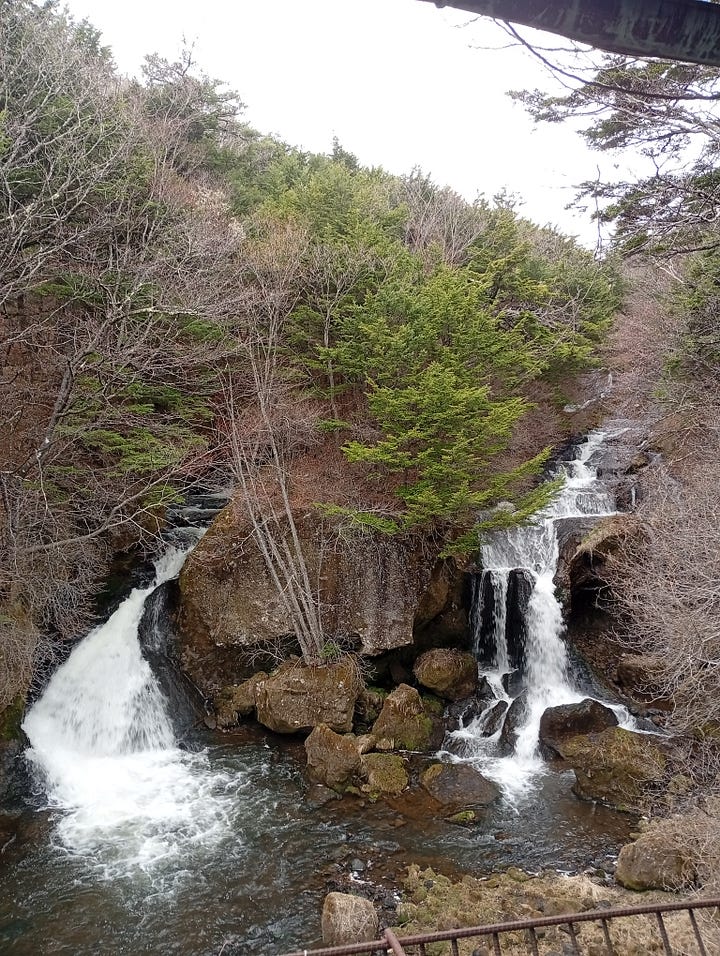
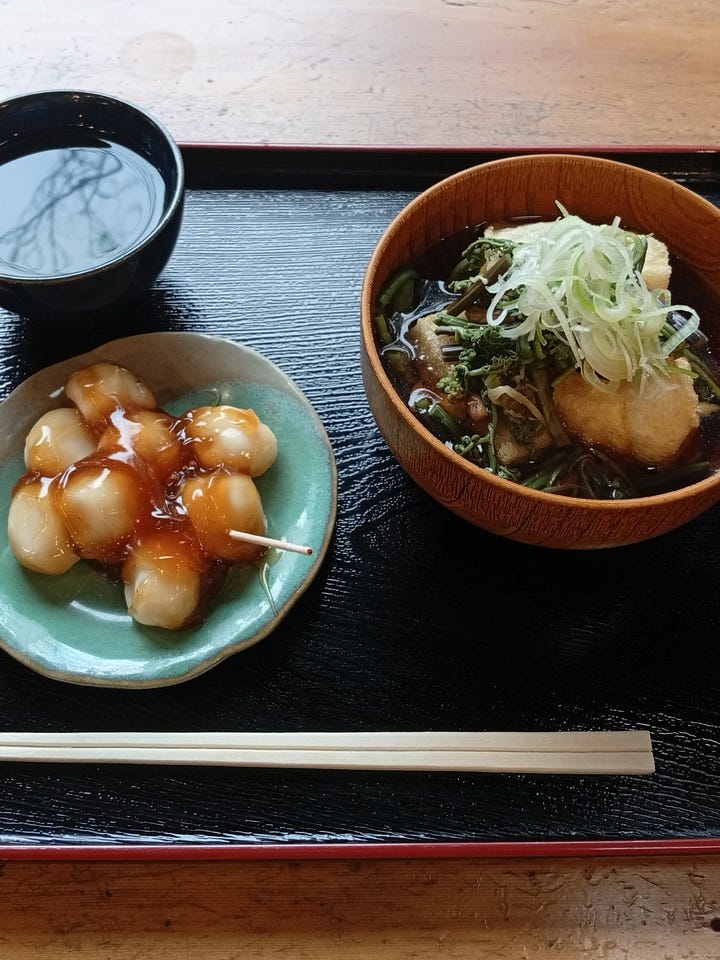
I’m not counting Kamakura, which is close enough to Tokyo for a day trip and another popular tourist destination.
A key figure in Japan’s industrialisation, Glover helped establish the Mitsubishi Corporation as well as the Japan Brewery Company that would later become Kirin Brewery. There’s an urban myth that the moustache of the unicorn-like figure on Kirin beers was inspired by Glover, since he had a similar bushy moustache.
Despite being only 20 years old, Kanaya was already the head of his family.
Taking its name from the tsuke-shoin, a low writing desk built into the wall in front of a window, which later became merely decorative. Other notable features include the tokonoma or alcove for displaying art, chigaidana or shelves built into the wall, and painted fusuma or sliding doors.




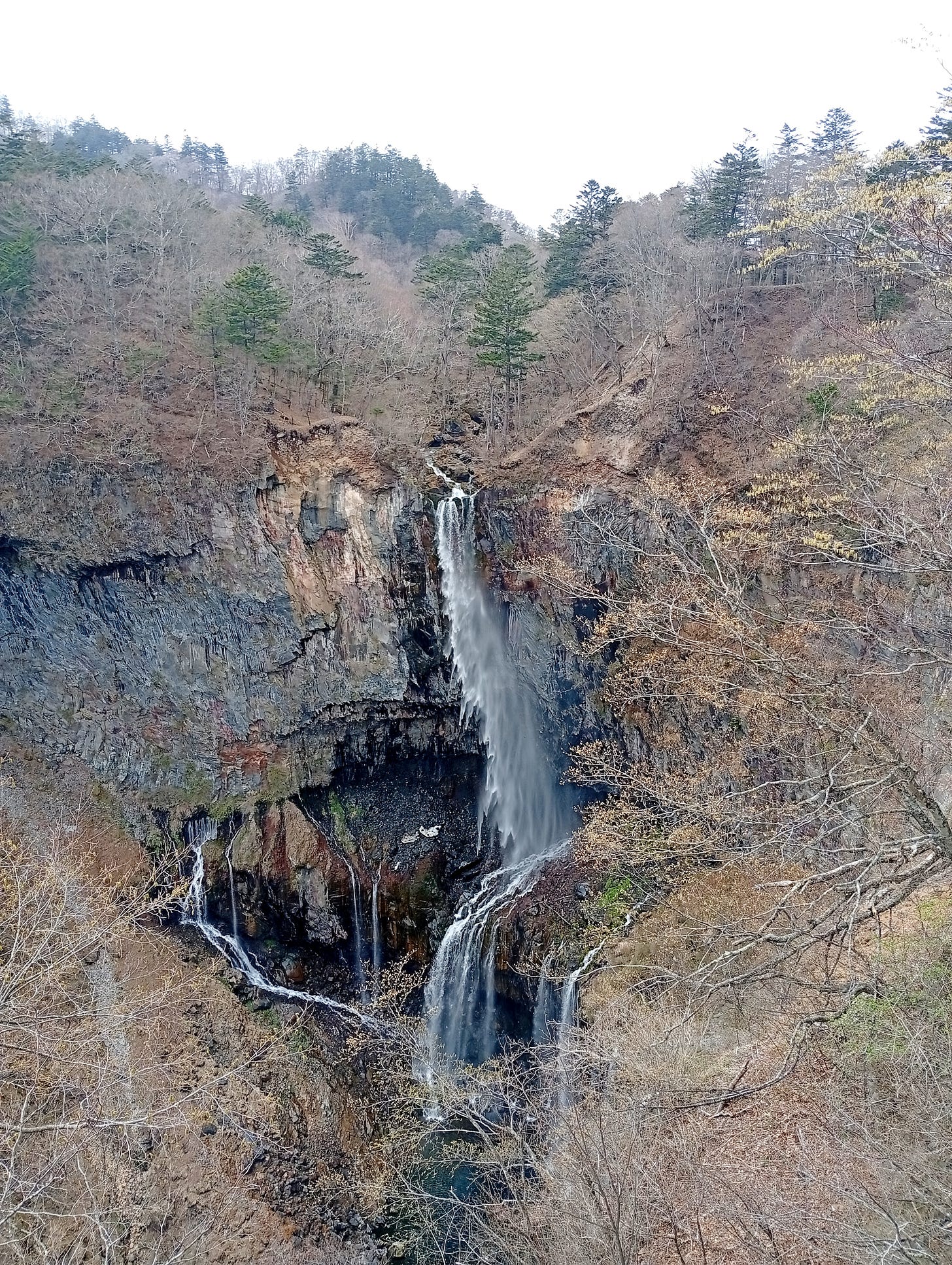
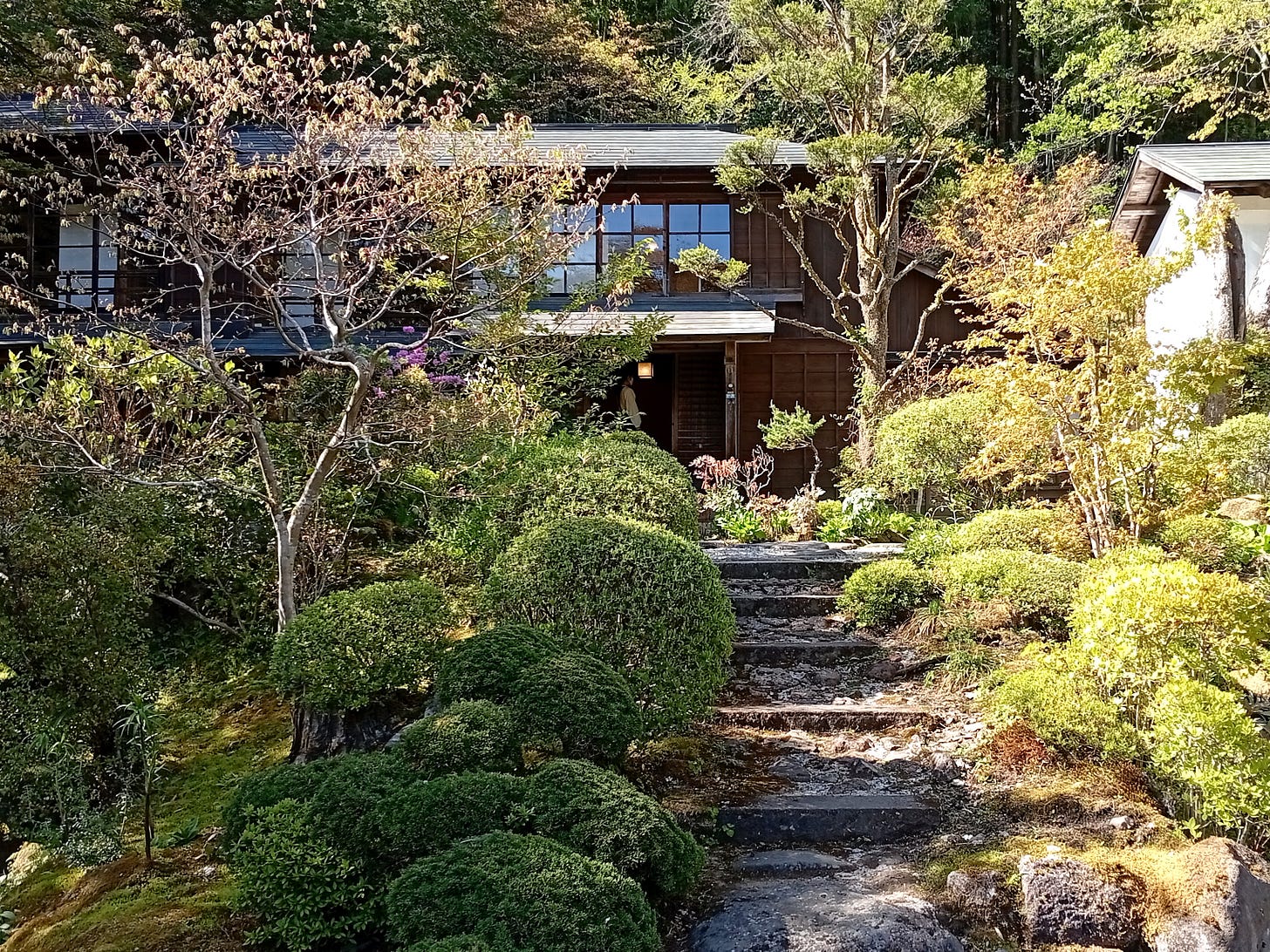
I really enjoyed how you brought Nikkō’s history to life, blending personal experience with the fascinating stories of foreign diplomats and adventurers.
Thank you for sharing
Ooo now I want to go to Nikkō to continue tracing tea trader history - visited Glover Gardens in Nagasaki a few years back after reading the excellent “Green with Milk and Sugar: When Japan Filled America’s Tea Cups”Book by Robert Hellyer.
Thanks for taking the time to put this together 🙌